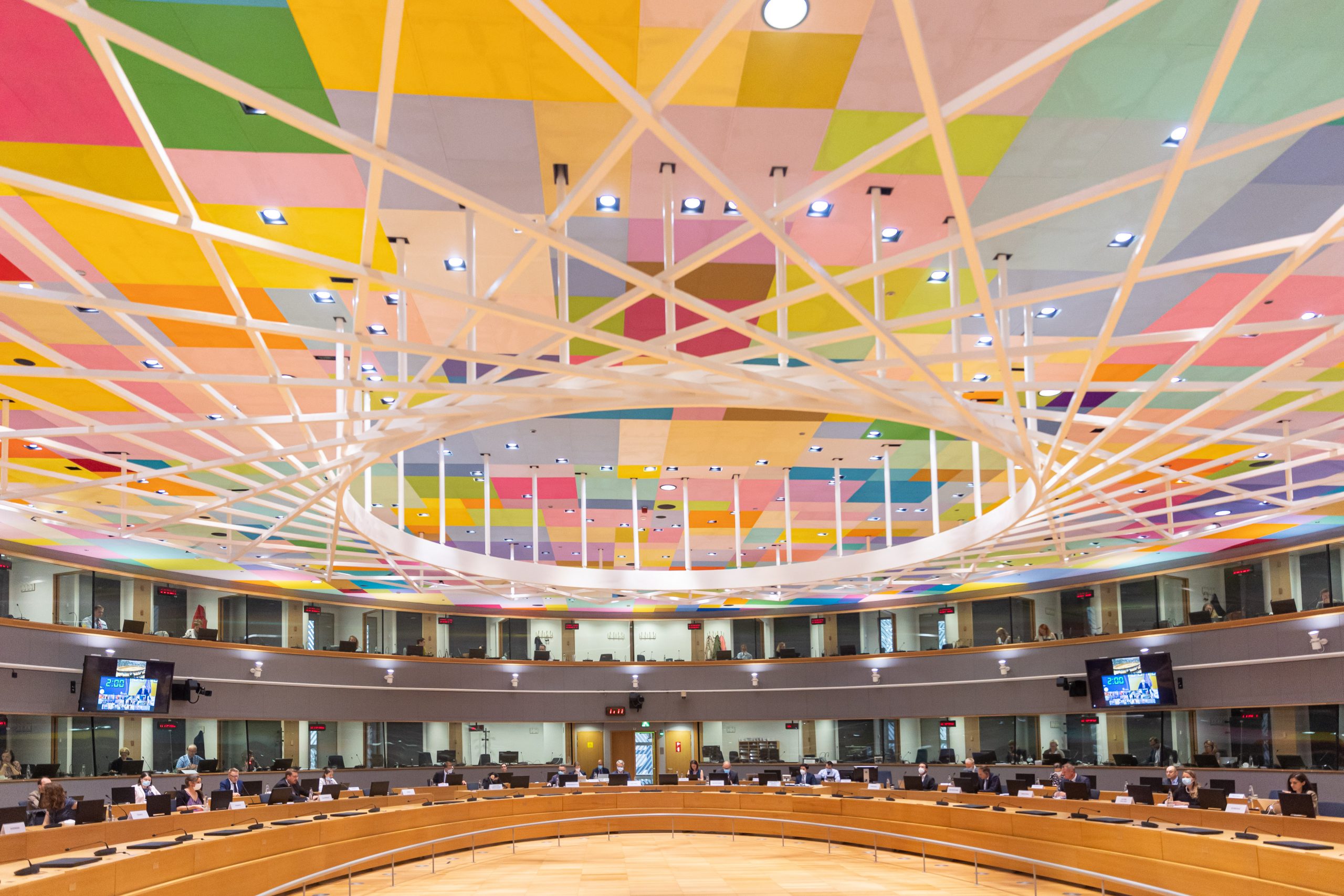Council agrees position on safer firearms trading
 © European Union, 2020, Source: Council of the EU – Audiovisual resources
© European Union, 2020, Source: Council of the EU – Audiovisual resourcesThe Council today agreed on a mandate for the presidency to start negotiations with the European Parliament on updated EU rules on the import, export and transit of firearms into and from the EU. The new rules aim to close the loopholes for firearms trafficking, while facilitating trade and movement of firearms used for legitimate purposes.
Aim of the review
The revised rules aim to limit firearms trafficking by having common rules and procedures, coordinated controls and better traceability of firearms for civilian use. This will prevent legally manufactured and exported civilian firearms from being diverted into the illegal market.
The proposal provides for the proper recording of firearms-related information. It clarifies the role of the licencing authorities and improves cooperation between law enforcement authorities (including customs) and licensing authorities. It also aims to systematise data collection about international movements of firearms, as well as seized arms.
The rules aim to set stricter regulations for “semi-finished” firearms or components that can be converted into lethal firearms at home. The proposal also foresees an end-user certificate for the more dangerous firearms.
At the same time the proposal aims to facilitate the legal trade of firearms for civilian use and reduce administrative burden for manufacturers, dealers and users. The proposed rules will set clear and common import, export, and transit procedures for firearms and simplify and digitalise procedures for hunters, sport shooters, and exhibitors. The proposal also sets a new EU electronic licensing system that will save applicants time and simplify the process for authorisations.
The main changes brought by the Council
The Council agreed with the main principles of the Commission’s proposal, underlining the need to strengthen the security of citizens.
The Council ensured strong competences for national competent authorities in the text. It added a licensing procedure for temporary imports and exports of the firearms.
Member states retained the possibility to keep their existing electronic national authorisation systems, as they long as they are interconnected with the electronic licencing system set up to digitalise the procedures for licensing. They also ensured a longer period for setting up and interconnecting national authorisation systems to the common electronic licensing system.
The Council specified that the military firearms excluded from scope of the proposal concerning export would be those on the common military list of the European Union.
Background
It is estimated that 35 million illicit firearms were owned by civilians in the EU in 2017. This would correspond to 56% of the estimated total of firearms.
The current firearms regulation lays down rules on exporting, importing and transporting firearms, their parts and components, and ammunition. It implements Article 10, which deals with imports, exports and transit of firearms, of the United Nations Protocol against the Illicit Manufacturing of and Trafficking in Firearms, their Parts and Components and Ammunition. The current regulation in force since 2012 does not apply to antique or deactivated firearms, or to firearms intended for military or police use.
The regulation is complemented by an existing Firearms Directive that defines minimum common rules on the acquisition and possession of firearms in the EU, as well as on the transfer of firearms from one EU country to another.
On 27 October 2022, the Commission presented a proposal for a recast of the Firearms Regulation. The proposal includes new rules to improve the traceability of firearms and the exchange of information between national authorities by harmonising rules across EU countries.
Next steps
The Council is now ready to start negotiations with the European Parliament to agree on the final text. Once the Council and Parliament reach a provisional agreement, the regulation will need to be formally adopted by both institutions before it enters into force.
